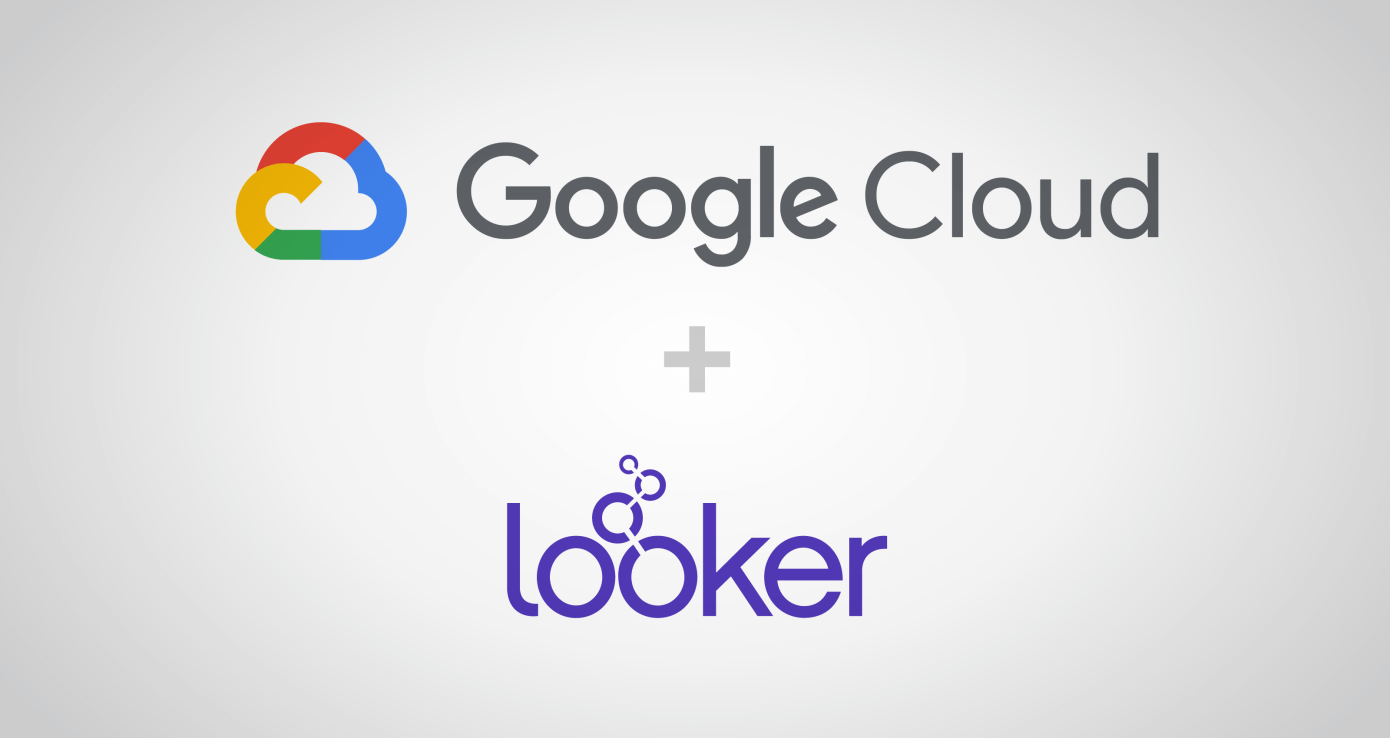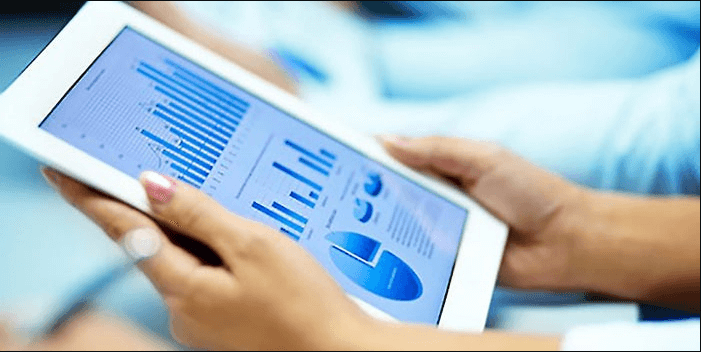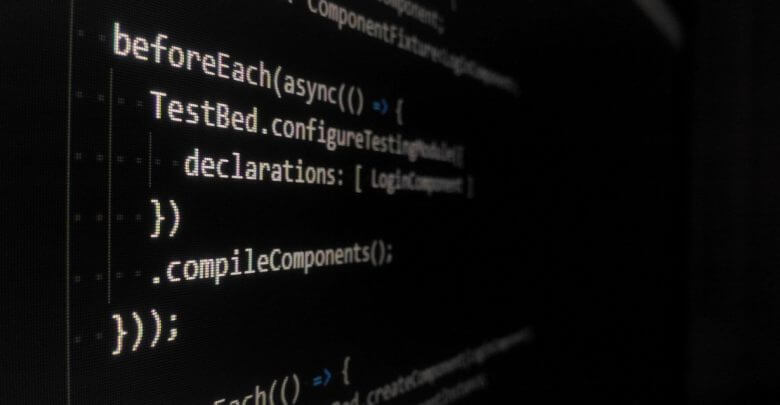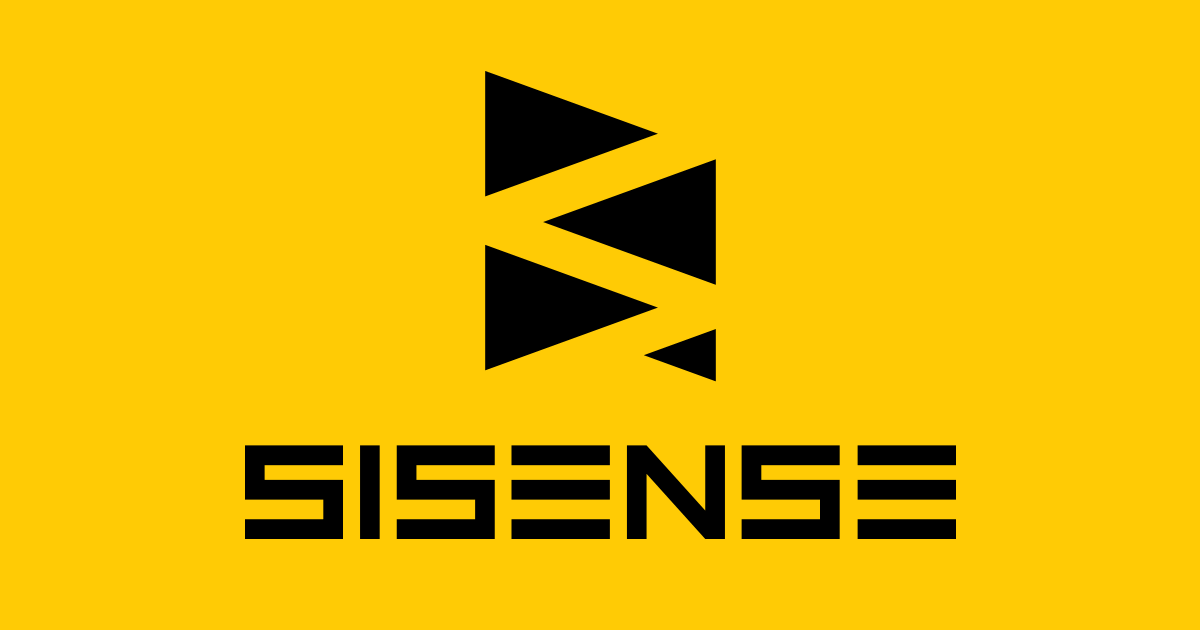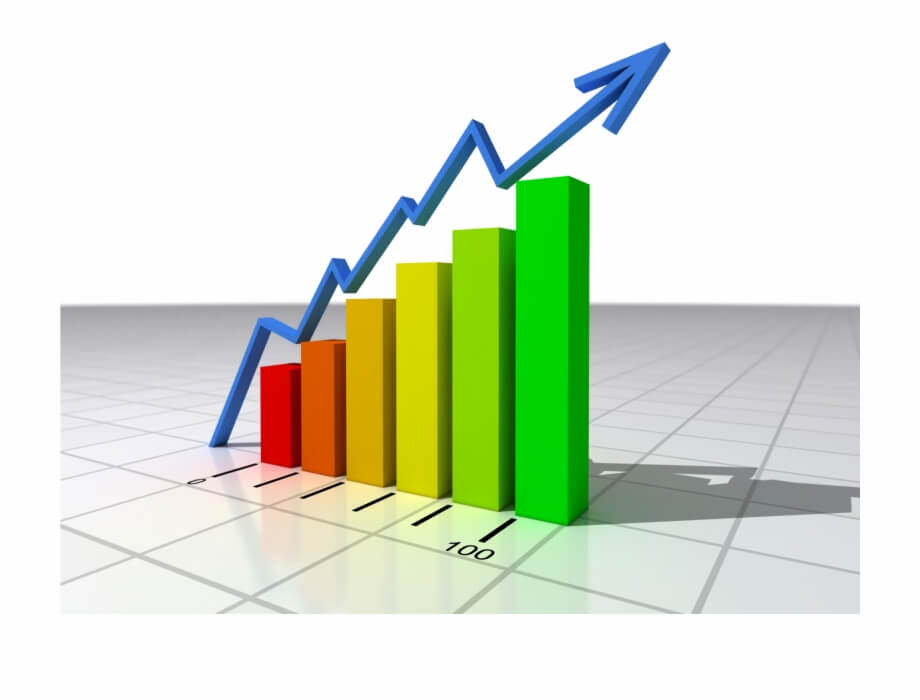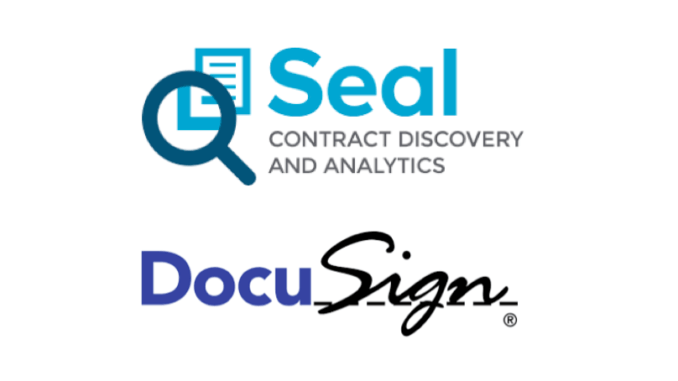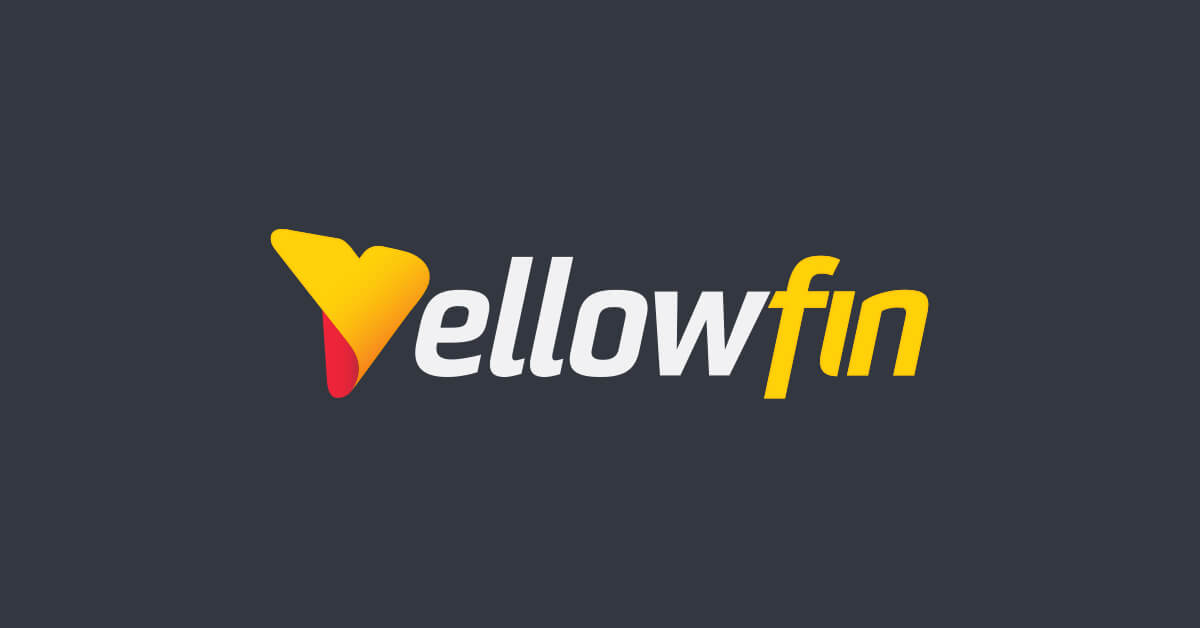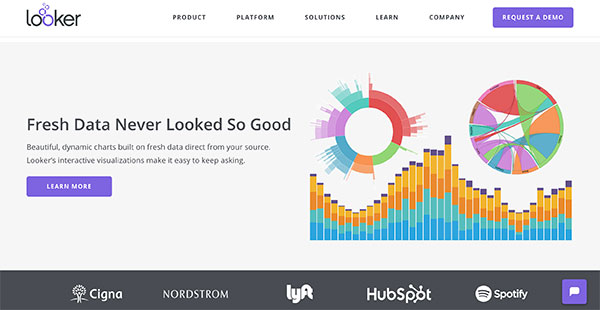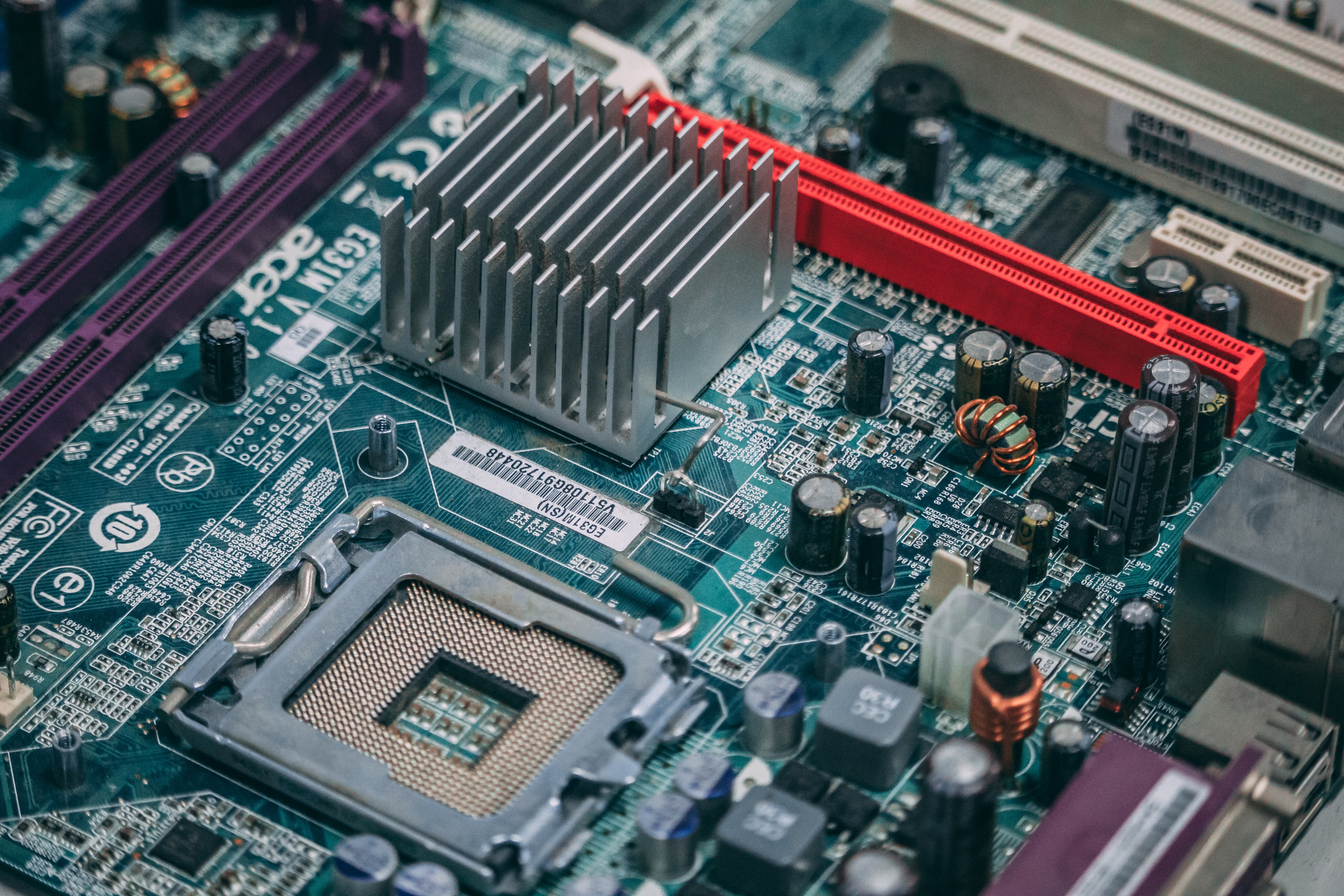Many businesses, across dozens of industries, have started to unlock the power of the Internet of Things. While the Internet of Things is often thought of as a consumer-focused movement, it has a lot of utility even in internal business operations and B2B sales.
Much of the discussion on the Internet of Things has focused on its applications in places like home goods, appliances, and wearable tech. However, things like Internet-enabled dishwashers and smart light bulbs are just the most visible manifestations of the IoT revolution.
Businesses are connecting their devices to the cloud and using them to collect far more data than they could before. It's not just tech-focused companies doing this, too - even businesses in retail and manufacturing are starting to use IoT devices in their most basic operations.
For example, a manufacturing company can connect devices on their assembly line to the cloud, so that they can collect data about the assembly line's efficiency and operations. A retail store could collect sales data from Internet-connected cash registers.
With these kinds of devices, not only are businesses able to collect far more data than they were able to before, they're also able to collect new types of useful data. In one example of the usefulness of IoT devices, a farm can use smart sensors to track metrics like the levels of nutrients in the soil or the humidity of the air, and use that information to tailor watering or fertilizer programs.
However, all these new data collectors come with a problem. With their Internet-connected smart devices, businesses are collecting far more data than they were before the shift to IoT. They need to find a way to store and manage this huge amount of IoT-generated data.
In addition, this data is only useful if businesses can actually perform analysis on it to find trends and make predictions. Businesses need some sort of software that can allow them to transform, analyze, and visualize their data. This way, the data that IoT devices collect can be turned into actionable implications that have obvious business utility.
In cases like these, where a business wants to analyze their IoT data in a holistic way to find insight, they should invest in a business intelligence tool. BI tools are a great value proposition for any business trying to make sense of their data.
Business Intelligence and the Internet of Things
Business intelligence tools are the obvious choice for businesses that are looking to make better use of their IoT data. Not only can a BI tool analyze the data from an IoT network and use it to drive insight, it can also connect that data with other data sets from across the organization, allowing for insight that wouldn't be visible when viewing standalone, unconnected data sets.
Organizations that want to invest in a business intelligence tool need to make sure that they're buying a tool that can actually do what they need it to. Not all BI tools have the same utility, and unless a business carefully considers their options, they can be left with a tool that doesn't have the functionality they need.
The Internet of Things is a situation where businesses really need to take a careful look at the vendors they're selecting. Many smaller vendors don't have the scale or expertise necessary to make a large-scale IoT implementation possible.
Businesses that plan to implement a large IoT network should look at the market-leading, big data-focused vendors. These tools generally have the resources that businesses need to build an effective IoT data strategy. In addition, there are a handful of features that these vendors generally have that are especially important for IoT work.
These features make it much easier for the average person to extract value from their IoT data, but they generally require more bandwidth and processing power on the part of the vendor. This includes features like -
Predictive analytics. Predictive analytics are data analysis techniques that use former and current data points to predict how that data set will trend in the future. It's one of the most useful things that a business intelligence tool can do, since it allows for more accurate planning and forecasting.
Most predictive analytical techniques need two main things to work - a consistent data collector that isn't being affected by outside factors, and a large set of data points to work with. IoT devices can easily provide both of these things. Businesses can use the data collected from IoT devices to predict how that data will change in the future.
One of the most common use cases for this type of analysis is in predictive maintenance. Businesses can use IoT devices to track the degradation of equipment. When the predictive model suggests a breakdown is close, employees can perform the needed maintenance. This saves money and leads to less downtime compared to other, scheduled maintenance approaches.
Predictive analytics also allows for 'what-if' forecasting. Data analysts can use the relationships between different data points to model how different statistics change in relation to one another. For example, a retailer could model what would happen to sales if they were to raise or lower prices using data collected from IoT cash registers and inventory management systems.
Those are just a handful of the use cases that predictive analytics can cover. Predictive analytics is a very powerful and effective feature that can leverage the massive amounts of data that IoT devices generate. Businesses that have large IoT networks, or are aiming to increase their IoT presence, ought to look for tools that have predictive analytics capability.
Software integrations. Business intelligence tools are only useful if they can effectively connect with the other pieces of software that the business uses. When a BI tool wants to access data from another tool, it needs a special piece of software called an integration to transfer the data correctly from the original tool into the BI system.
These integrations range from very simple code bridges that help move correctly formatted data between tools, to complex tools that completely reconfigure the collected data so that it can be understood by the BI tool.
Good integrations are a must for organizations that use third-party tools to collect their data. Without good integrations, they have to prepare for data outages, missed updates, and stale information. Even worse, they may have to upload data manually, which makes it almost completely impossible to react to changes in real-time.
Because having good integrations is so important, businesses should look for BI vendors that offer built-in integrations with common IoT software. For instance, Domo offers a built-in integration with IoT devices that run on Amazon Web Services, which makes it very easy for a Domo user to connect AWS-enabled devices.
Since there are so many software companies entering the IoT market, there are hundreds of different code bases and protocols between them. This means that not every BI vendor will offer every integration, especially for devices that are more niche and don't have as much of a user base.
This doesn't mean that it's completely impossible to connect to these devices. It just means that companies that use these sorts of devices might have to end up building their own integrations to properly connect their data.
Businesses that think they might end up in this sort of situation ought to choose a vendor that allows customers to build custom code solutions on top of their BI tool. This way, they can build their own integration if they need it.
Big data support. Even though it may not seem like businesses that run less complicated IoT networks necessarily need a big data solution, almost every business that uses IoT devices will end up needing big data support sooner or later.
A simple IoT network of 50 sensors that collect data hourly will end up producing 216,000 data points in just 6 months. Considering that IoT devices generally update their data much more frequently than once an hour, and that just one device might have 50 different sensors or data collectors, then it's clear that a robust solution is necessary.
Businesses that want to implement an IoT network should anticipate having to deal with data sets that are hundreds of thousands or even millions of rows. Even these sets are on the lower end of what an enterprise-scale IoT operation might generate in just a couple weeks.
Starting out, it may not seem like a business's IoT operation will reach those sorts of numbers. But as a business grows their network, adds new devices, tracks new metrics, and stores the data that's already been generated, what once seemed like an absurd amount of data storage might end up feeling like too little all too quick.
It's usually better for businesses to buy a bigger BI system than they think they'll need. While it might be expensive to buy a more robust BI tool with more storage space, it's less expensive than trying to replace a BI tool that's too small to effectively manage everything.
In addition, IoT devices like doorbells or security systems are often equipped with cameras and microphones that can collect audio and video data. This data is much harder to store and analyze than data that's completely metrics-based. Businesses that want to implement IoT solutions often need to invest in BI tools that can handle many different types of data.
Bandwidth is also a fairly constant problem for businesses with large IoT dataflows. Since the IoT devices are sending so much information back to the BI tool, and so frequently, data can move slowly unless the business invests in a tool with higher bandwidth caps.
BI - Unlocking the Power of IoT
While a business certainly can run an IoT network off of a smaller, less established BI tool, it'll be more complicated and less efficient than using a large, well-developed system. Tools like Domo and Sisense excel at managing IoT networks, and both are specifically designed to make IoT management as easy as possible.
Using a more established tool also means that businesses won't have trouble accessing powerful features that are essential for properly managing an IoT rollout. These features, like predictive analytics and built-in integrations, help businesses to make the most of their IoT system.
For more advice on which tools are best for IoT work, contact us today. Our team of experts can help connect your business with the tool that will fit its use case the best. In a no-cost, no-obligation consultation, we'll listen to your needs and help you to find the most effective BI solution for your operation.


